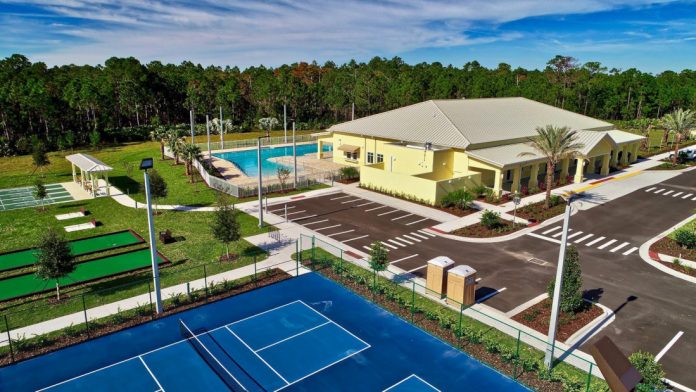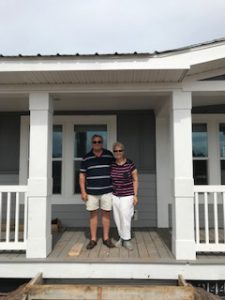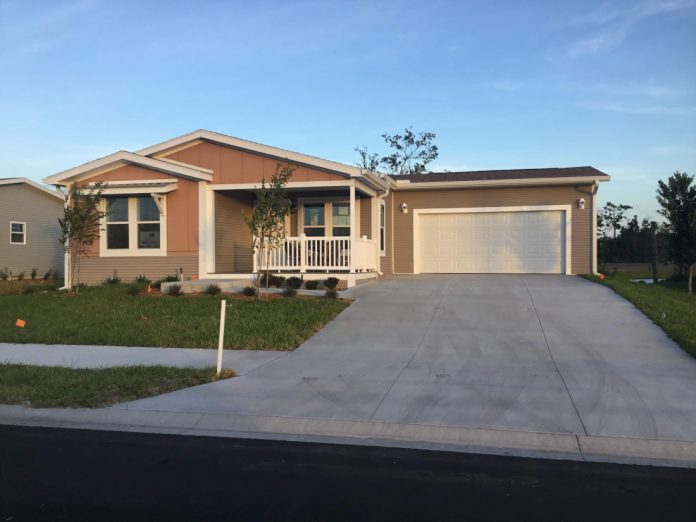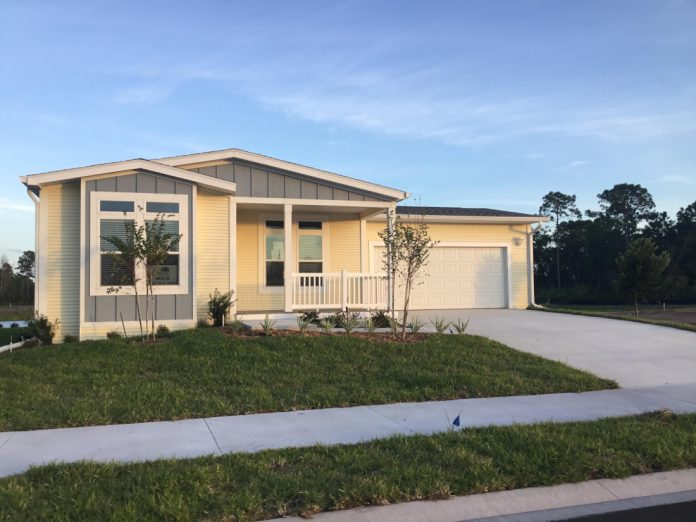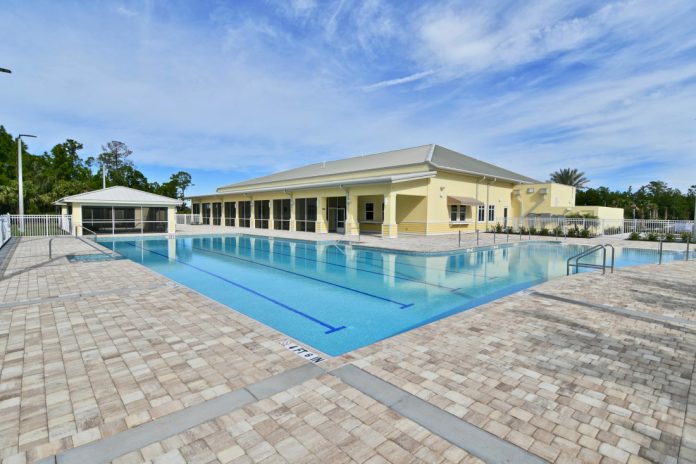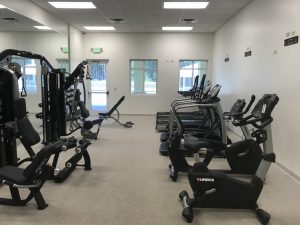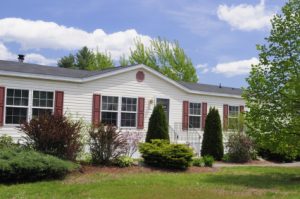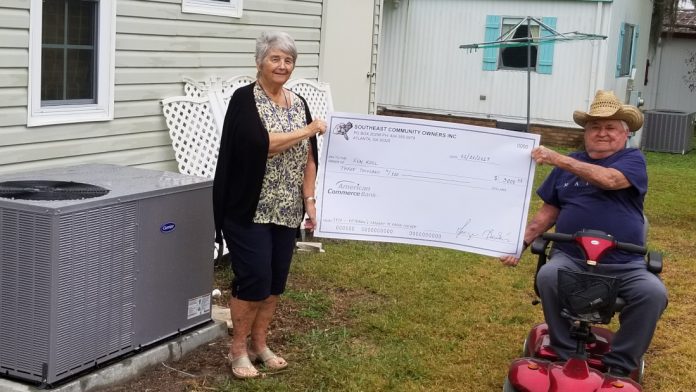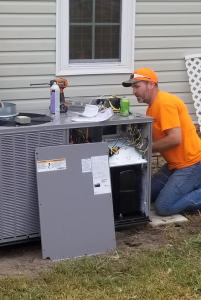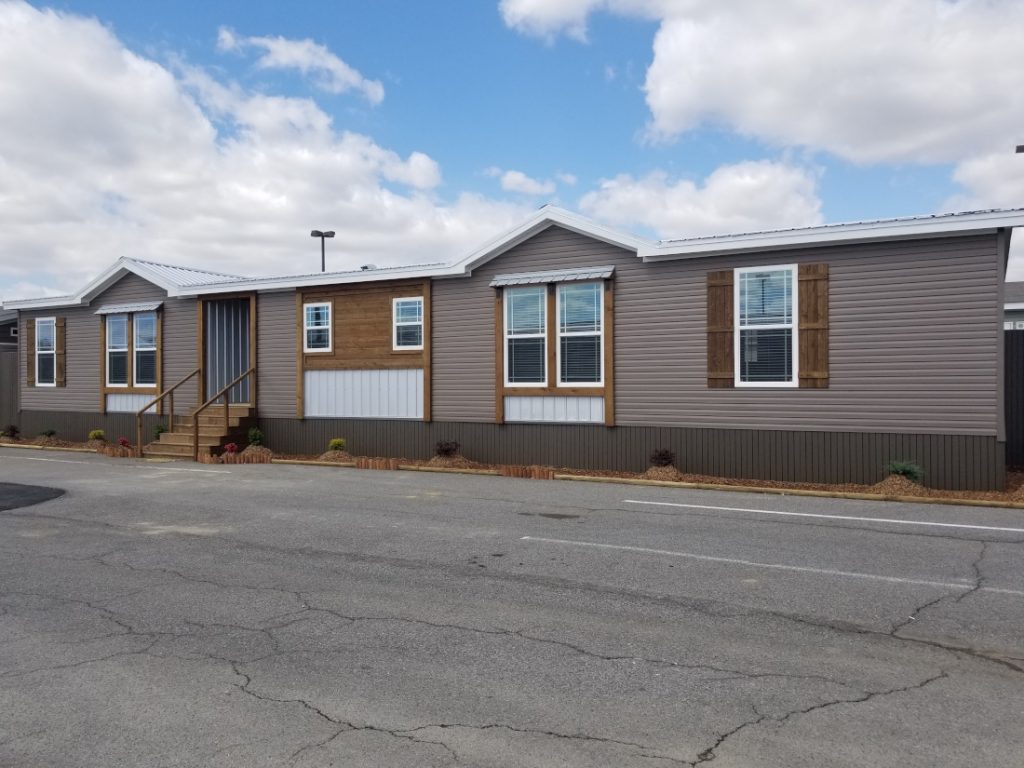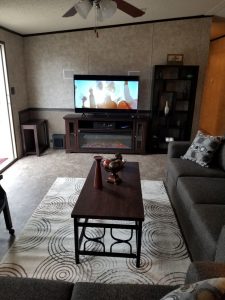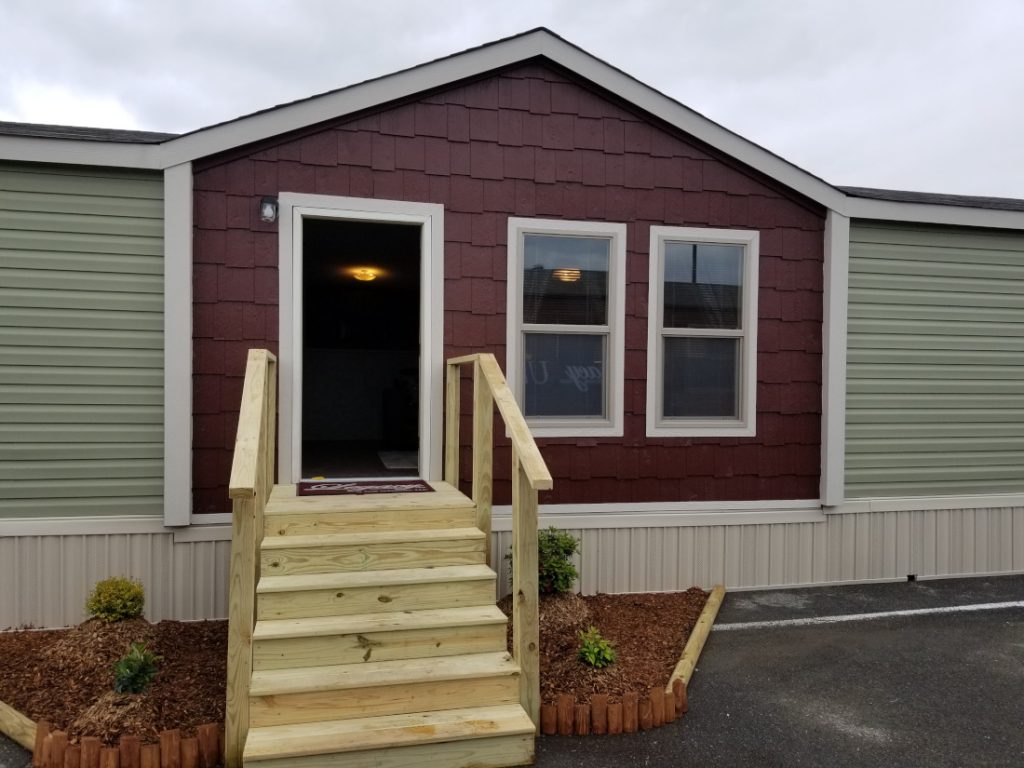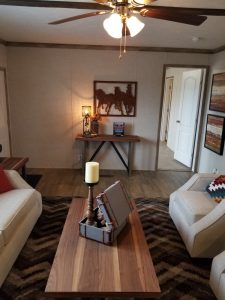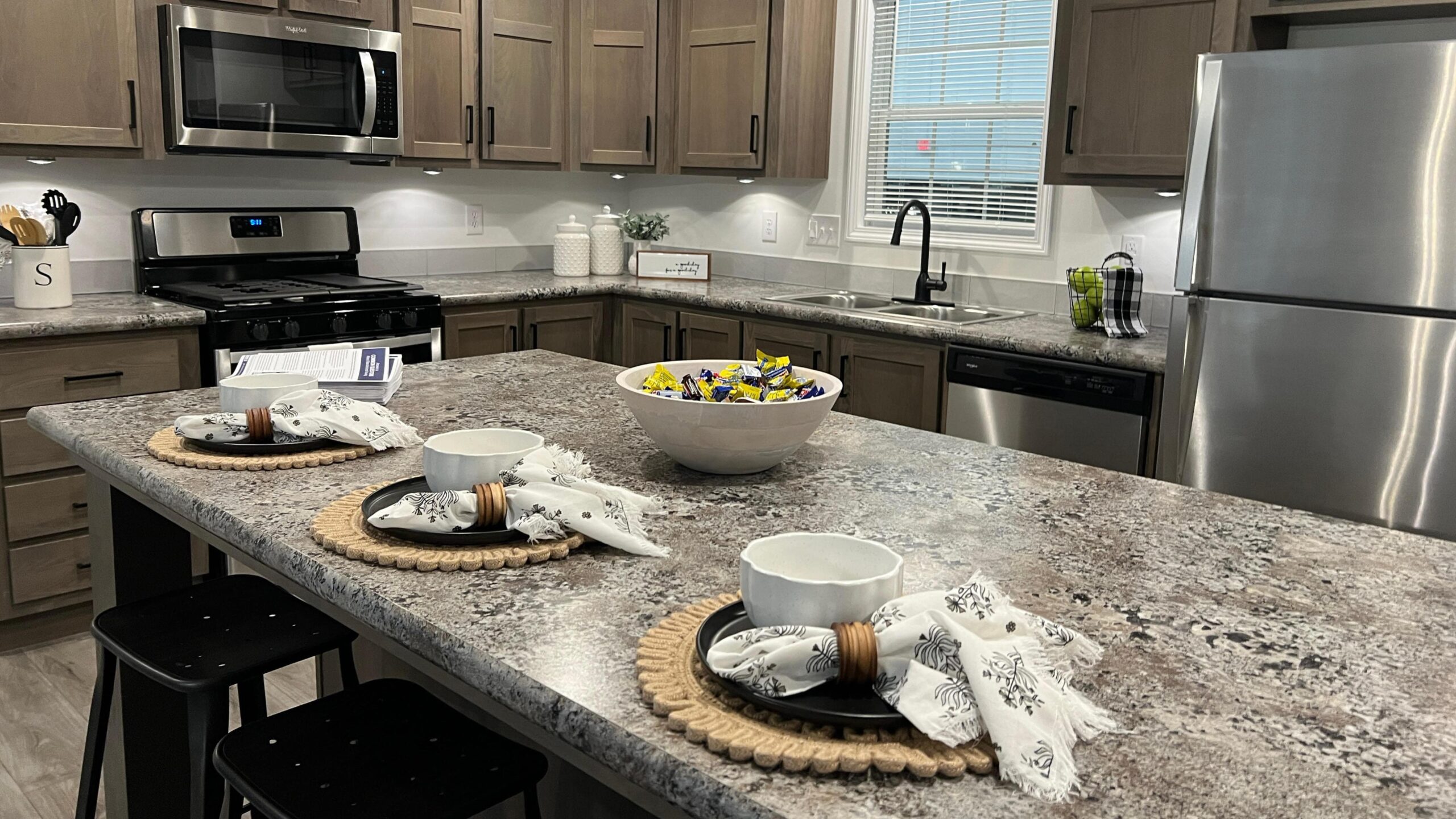Top Tips for Bringing Joy to Your Mobile Home Space — Here Are A Few We’ve Curated for You!
Blame it on Marie Kondo or the increase in mental health awareness, but ideas for how to bring joy to your mobile home are not only trending, but at the forefront of conversations everywhere. In nearly every industry, and at nearly every dinner table across our country, the conversation of enhancing joy pops up.
So how can you be intentional about bringing joy to your space at home? Here are eight ideas that may be just the type of nudge you need!
1. Get Rid of Excess ‘Stuff’

While small space living may not be for everyone, simplified living should be. Recent studies support the idea that clutter actually can cause or intensify anxiety. This means the simple process of throwing out clothes you no longer wear, food that is expired, and toys your kids no longer play with actually can benefit your health.
2. Bring the Outdoors In
Bringing plants and flowers indoors can add life to your manufactured home. Not only does this increase the natural flow of oxygen — proven to improve mood — but it also adds a pop of color to what otherwise could be a drab space. You can achieve this nature-inspired theme with simple additions manufactured homes like succulents or fresh flowers. Or even go bigger by using natural building materials such as stone and hardwoods.

3. Let In Natural Light
Natural light is an active mood booster and also can do wonders for opening up and brightening corners of your mobile home. The more open windows, large doors, and open blinds you can incorporate into your mobile home, the greater source of vitamin D you can enjoy for a mental health boost.
4. Pay Attention to Details
 While it is important to rid yourself of things that no longer add value to your life — clothes that are too small or books you’ve already read — keeping the small, intricate details are a must. If you have a sentimental attachment to an item you’ve been given, display it. You will feel more happiness when you have those little details out. On display, you can cherish these happy items each day.
While it is important to rid yourself of things that no longer add value to your life — clothes that are too small or books you’ve already read — keeping the small, intricate details are a must. If you have a sentimental attachment to an item you’ve been given, display it. You will feel more happiness when you have those little details out. On display, you can cherish these happy items each day.
5. Add a Personal Touch to Your Front Door
Something simple like updated modern house numbers for the exterior of your manufactured home, or a monogrammed seasonal wreath, for your front entryway can add a sense of appreciation for the space. The joy from something permanent can replace a fleeting or temporary sense that may come with renting a home, for instance.
6. Create an Outdoor Space
There is so much to be said for the benefits of nature on a person’s mental health and wellbeing. A space, no matter the size, that is outdoors can bring hours of happiness. Whether you are more introverted and choose adding a hammock for reading on your back deck, or you are a natural host who might benefit from the addition of a grill for having friends over, these small additions can mean big return for your happiness.

7. Display Healthy Treats
It is proven that people will naturally gravitate to what is most readily available. For this reason, we can benefit most from eating healthy foods when the brightly colored fruits are out. Make them ready to eat in a basket or bowl in a general location like a kitchen island. Likewise, having refrigerated health-filled treats like a veggie tray full of sliced peppers, carrots, broccoli, and cucumbers is great to have stored in a clear container, eye-level in your fridge so it is the first item you see.
8. Enjoy the Moment
For the typical Type-A personality, this single item can feel challenging at first. But it could be a total game-changer in the long run. Allow time to put down the phones, unplug, and recharge. Whether you enjoy a quiet glass of wine and a book, hosting a large gathering, or just watching a movie with family, make the time to live in the moment. This can allow you to concern yourself more with making memories than posting to Instagram.
As an inspiration to spark your creativity, take a look at these beautiful modern mobile homes


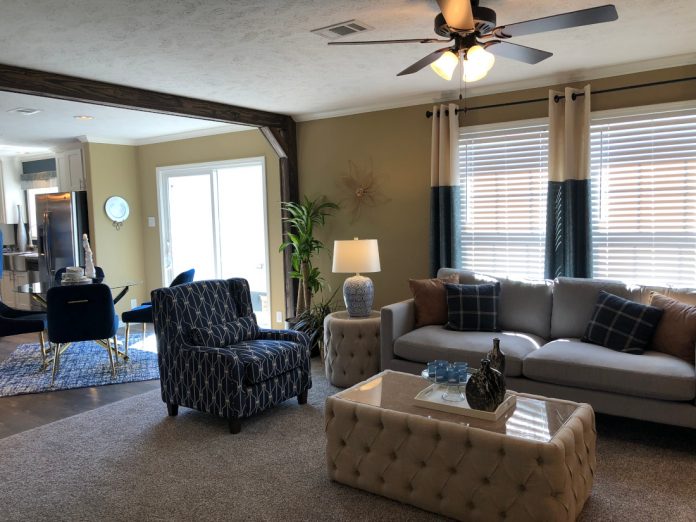
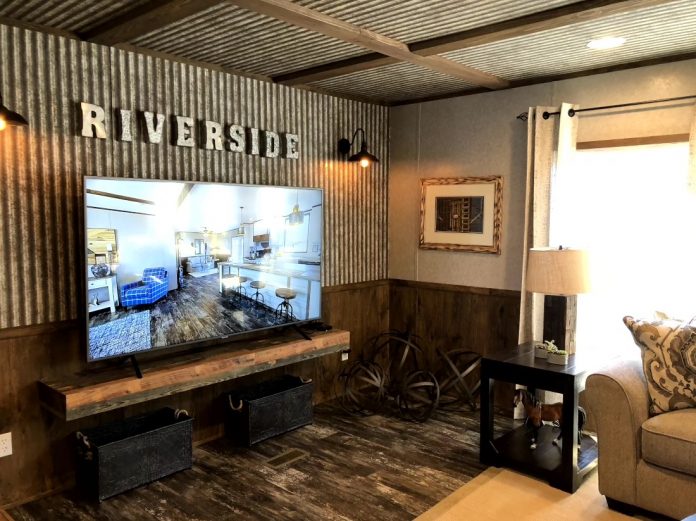
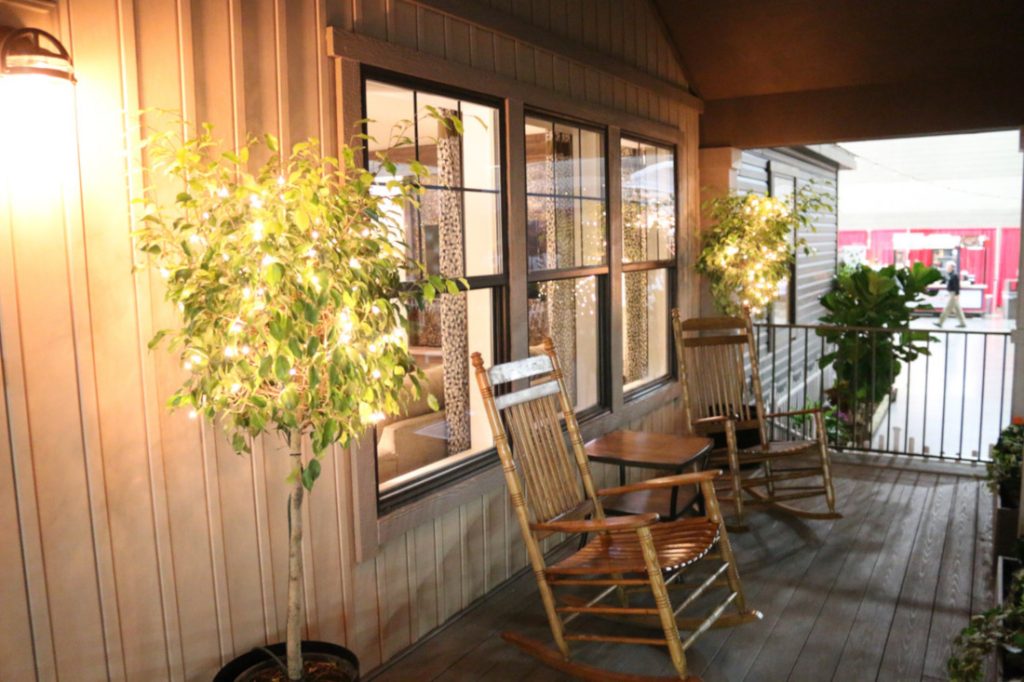
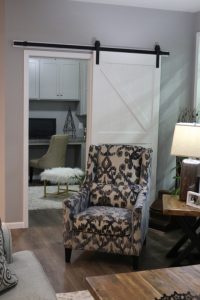

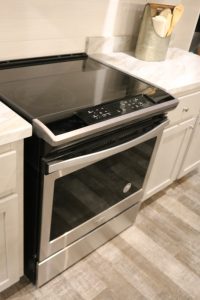



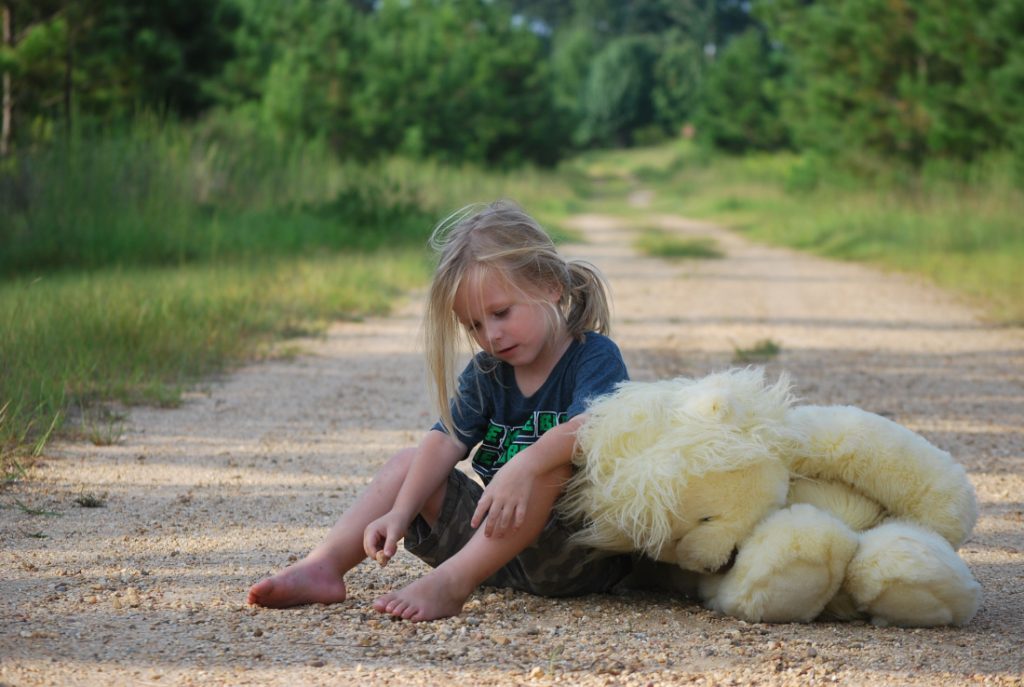


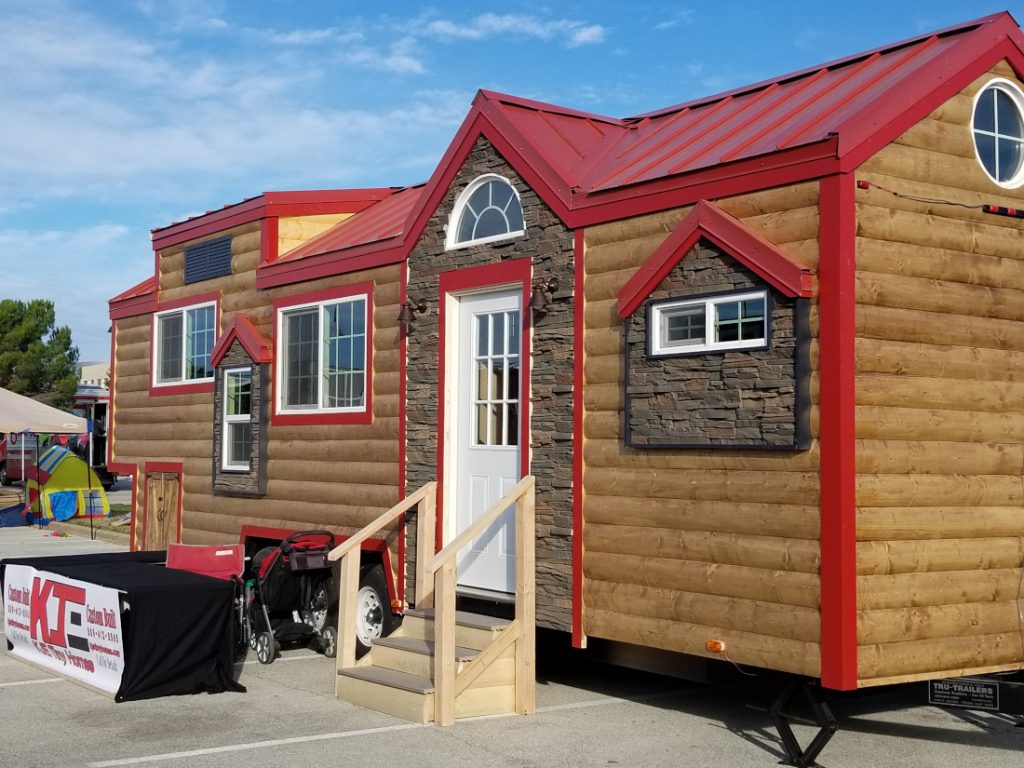

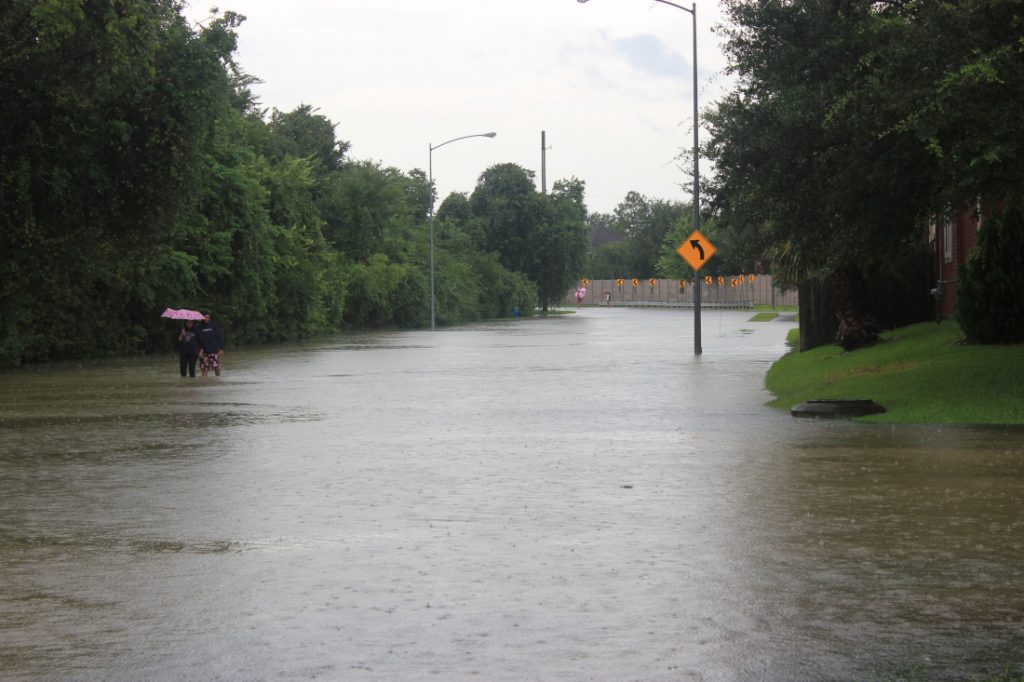
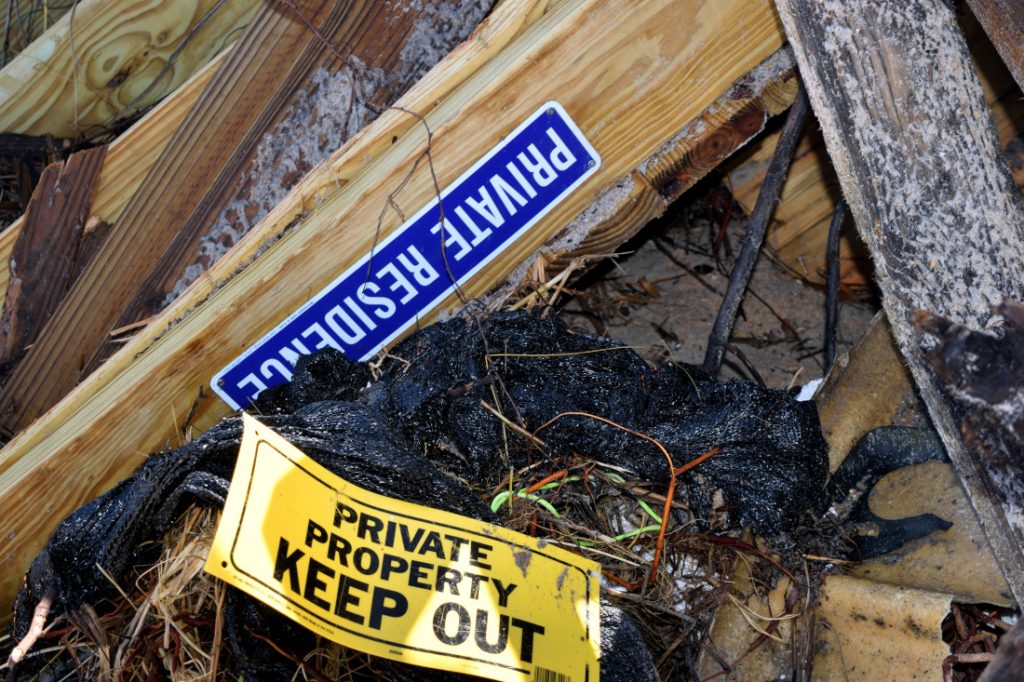
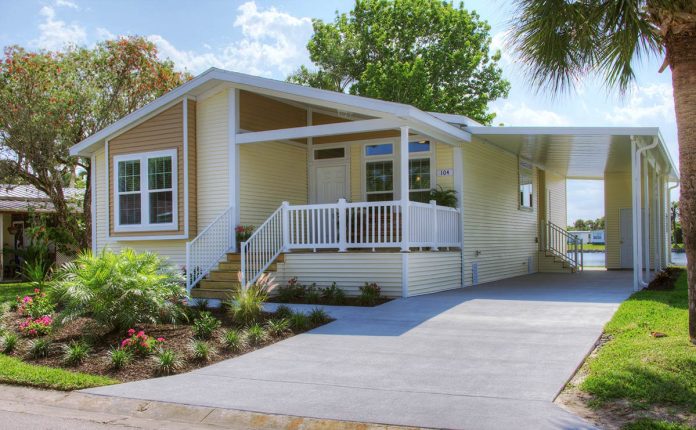

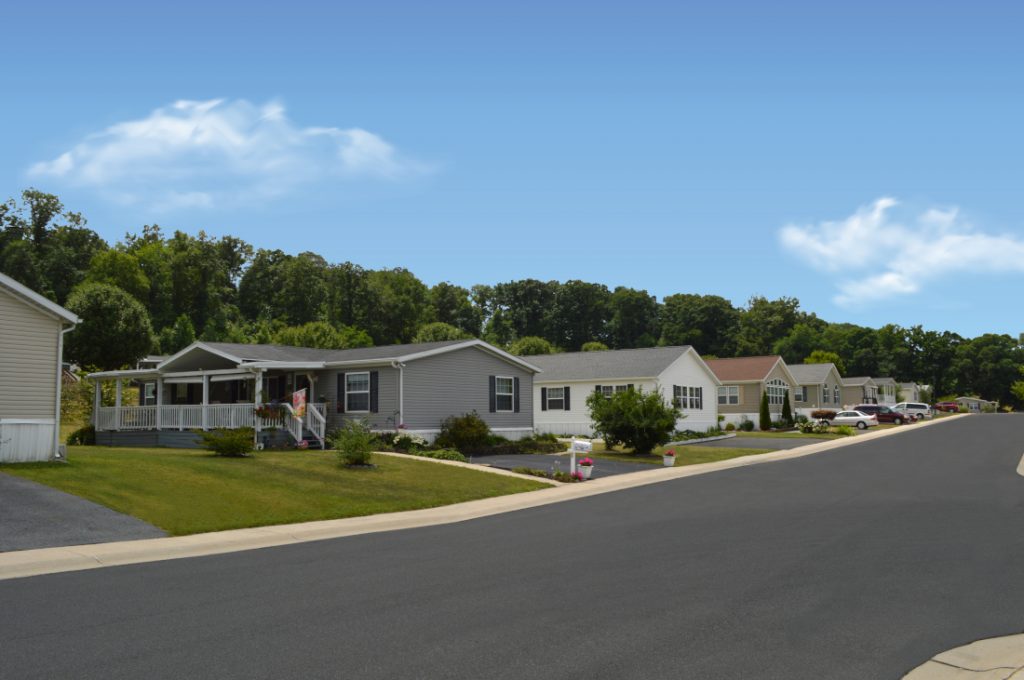
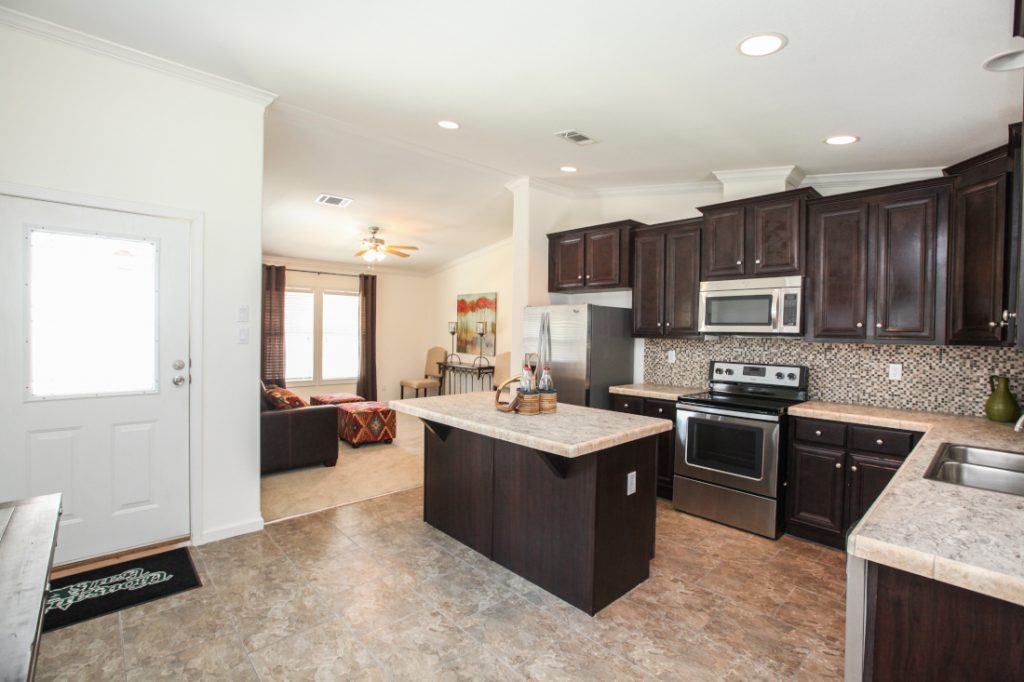
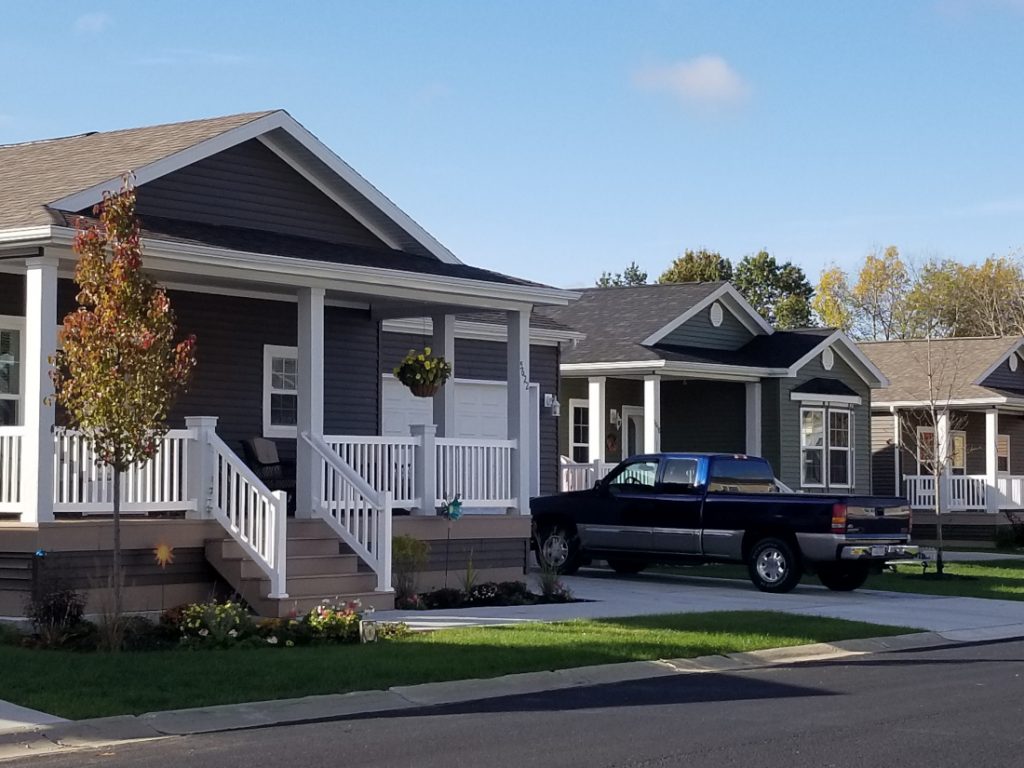
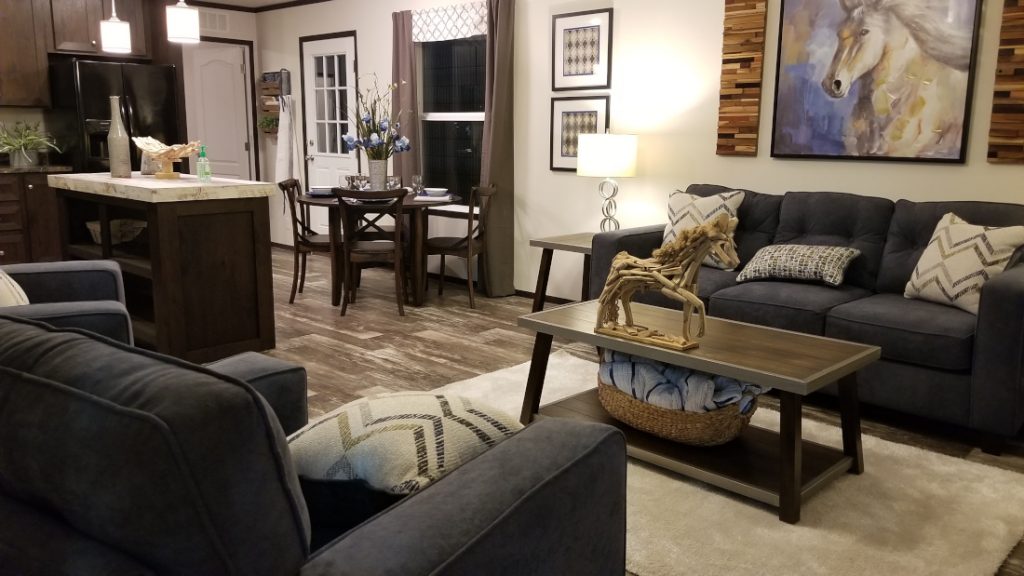
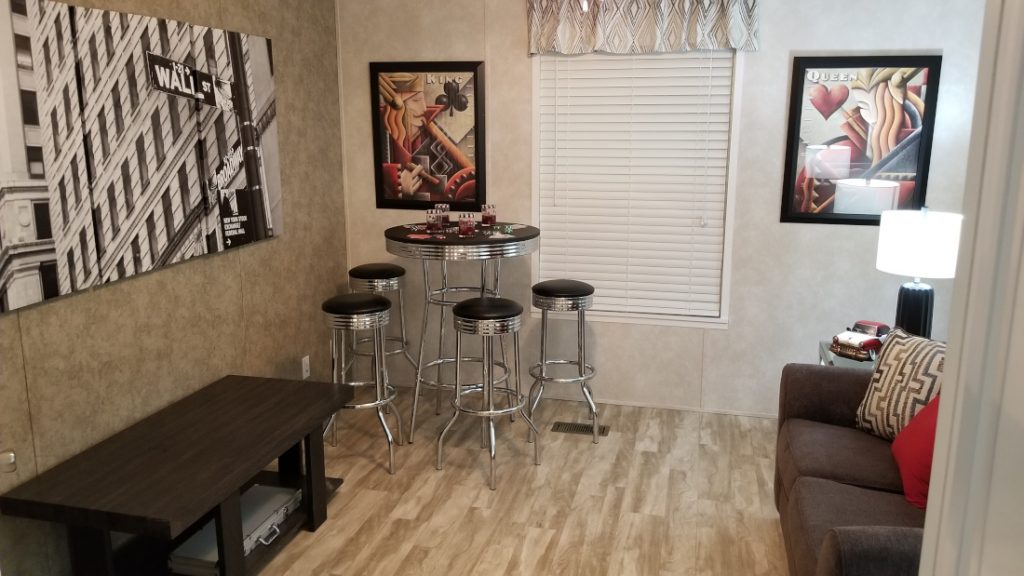
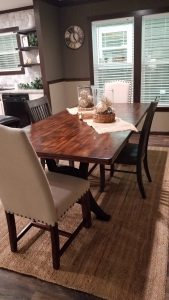

 The deadline is near for thousands of dollars in scholarships from the Tim DeWitt HARVEST Education Foundation. Students currently enrolled, or with plans to enroll, at accredited university or colleges during 2019-20 are eligible for the DeWitt scholarship.
The deadline is near for thousands of dollars in scholarships from the Tim DeWitt HARVEST Education Foundation. Students currently enrolled, or with plans to enroll, at accredited university or colleges during 2019-20 are eligible for the DeWitt scholarship.



